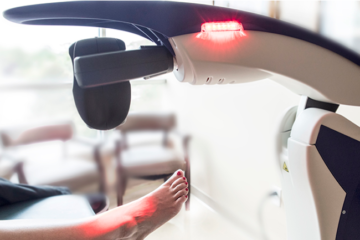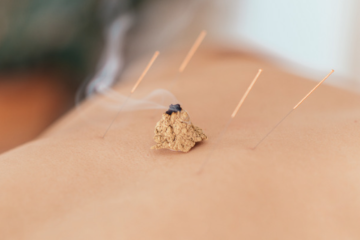In this blog, we will present examples of treatment for rotator cuff disorders of the shoulder joint.
What is rotator cuff disorders of the shoulder joint?
The shoulder has a structure called the rotator cuff, which is responsible for the stability of the shoulder joint. This rotator cuff is composed of four muscle tendons.
Rotator cuff disorders are symptoms of inflammation, damage, or tearing of the rotator cuff. The main causes are overload and poor posture, and symptoms include shoulder pain, stiffness, and pain when lifting the arm.
Patient’s Situation
We spoke with the patient, who stated that for about three months he had been experiencing pain in the front of his shoulder when he rotated his arm to put on a suit.
An MRI scan revealed inflammation in two of the four rotator cuff tendons;
(Light blue: supraspinatus, Yellow: infraspinatus)
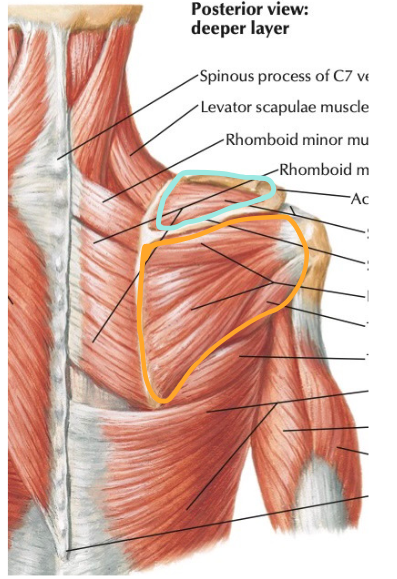
the MRI showed inflammation in the supraspinatus and infraspinatus muscles within the muscles that make up the rotator cuff, but after physical therapy testing, it was determined that dysfunction of the infraspinatus muscle was strongly affecting the pain. (The cause was thought to be continued stress on the rotator cuff due to poor posture and muscle imbalance around the scapula).
Treatment
As mentioned above, the rotator cuff plays a very important role in maintaining shoulder joint stability. In the present patient, the strength of the rotator cuff had decreased due to continued inflammation, and as a result, it was difficult for the muscles to exert strength. Therefore, we performed strength training to strengthen the infraspinatus muscle to improve shoulder joint stability.
(Shoulder Rotator Cuff Training)
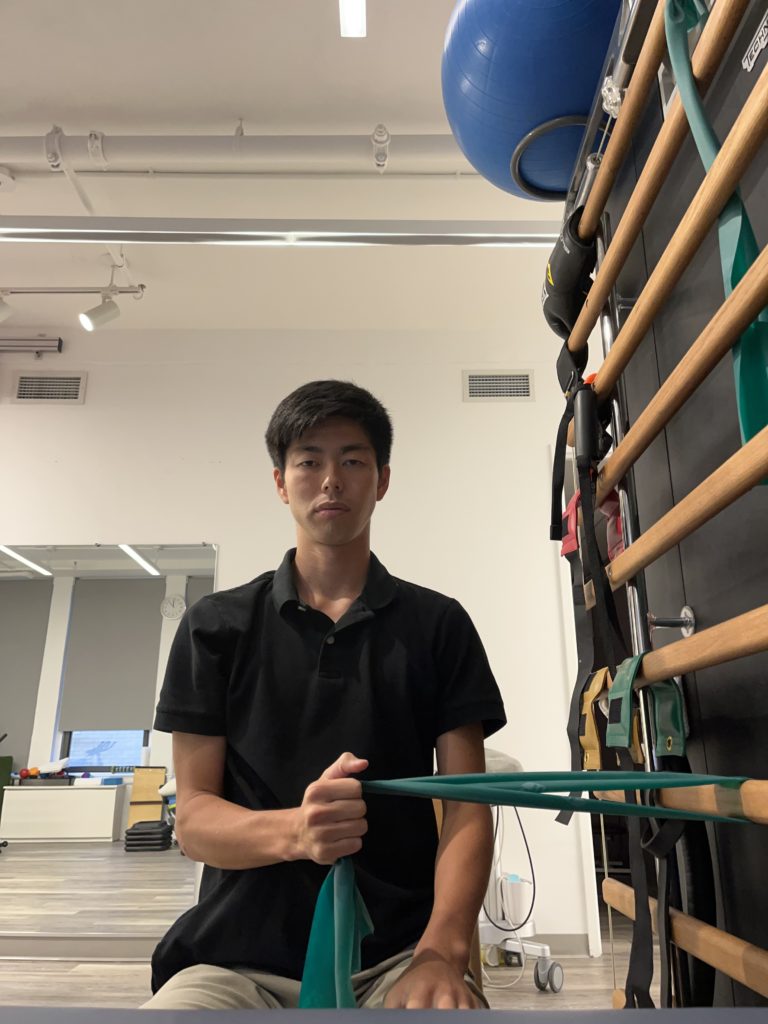
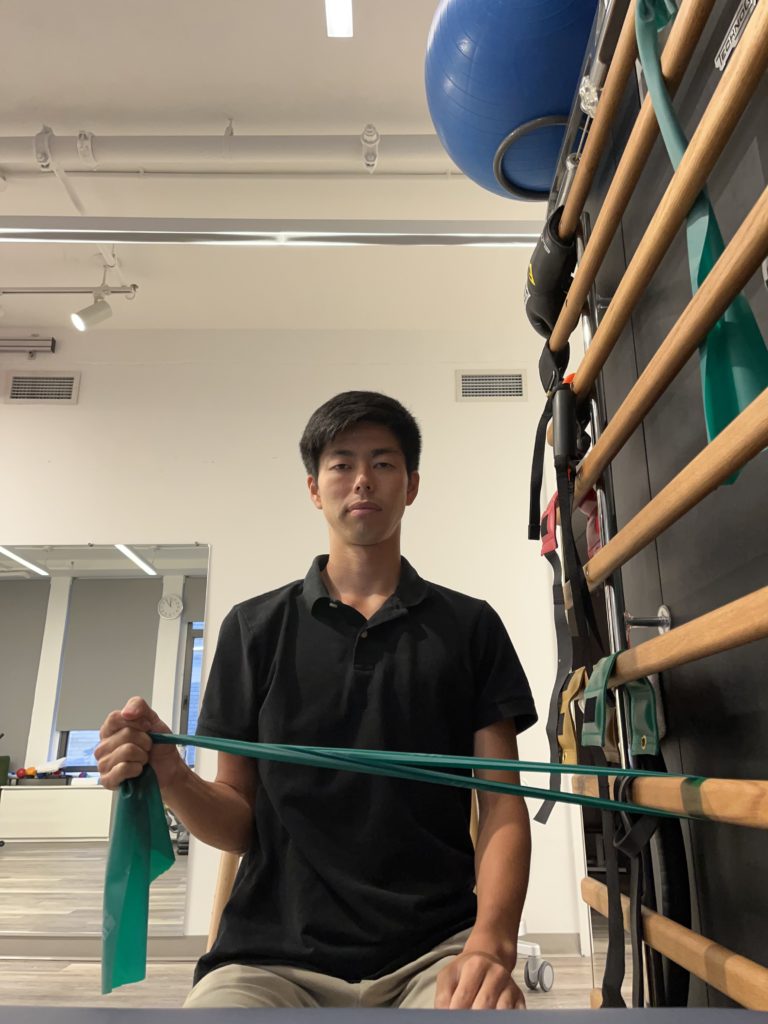
In addition, MLS laser was applied to the tendons of the supraspinatus and infraspinatus muscles to reduce pain and inflammation.
Furthermore, since the scapula movement was restricted, we utilized manual therapy and muscle activation techniques (PNF) to adjust the correct movement of the scapula.
(PNF: scapular training)
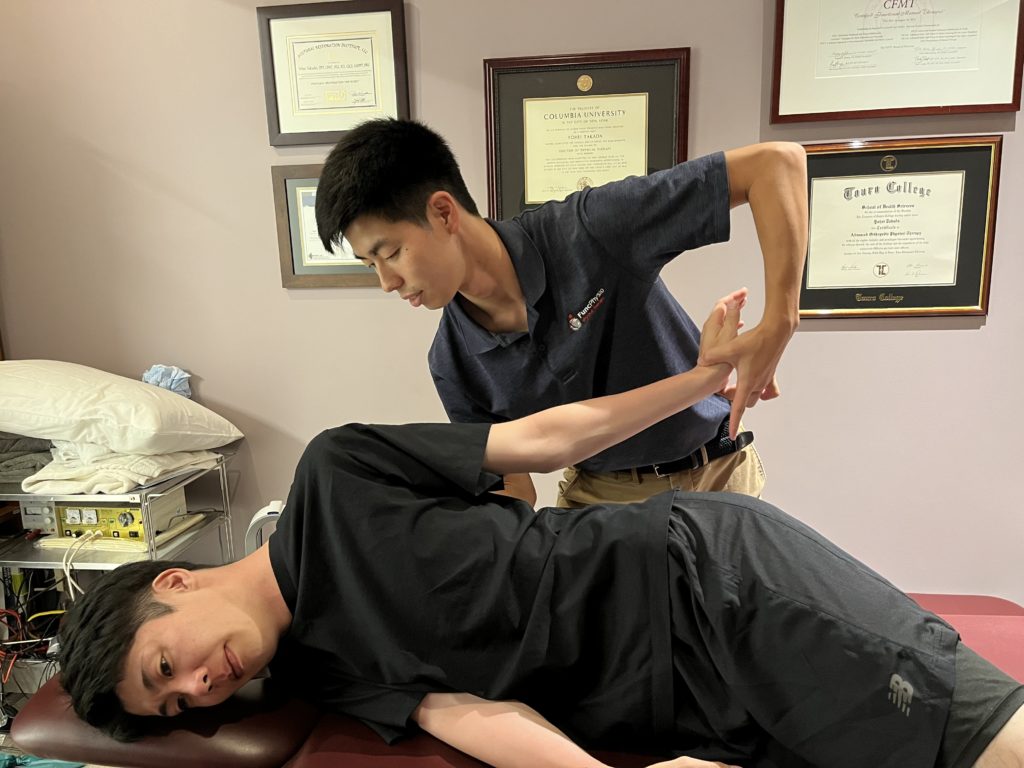

After treatment
After 2 months of treatment, the pain was greatly reduced and now the patient has little difficulty in daily life. However, there is still a left-right difference in muscle strength and range of motion, and a little pain remains, so the patient will need to continue to use laser therapy and physical therapy in combination.
